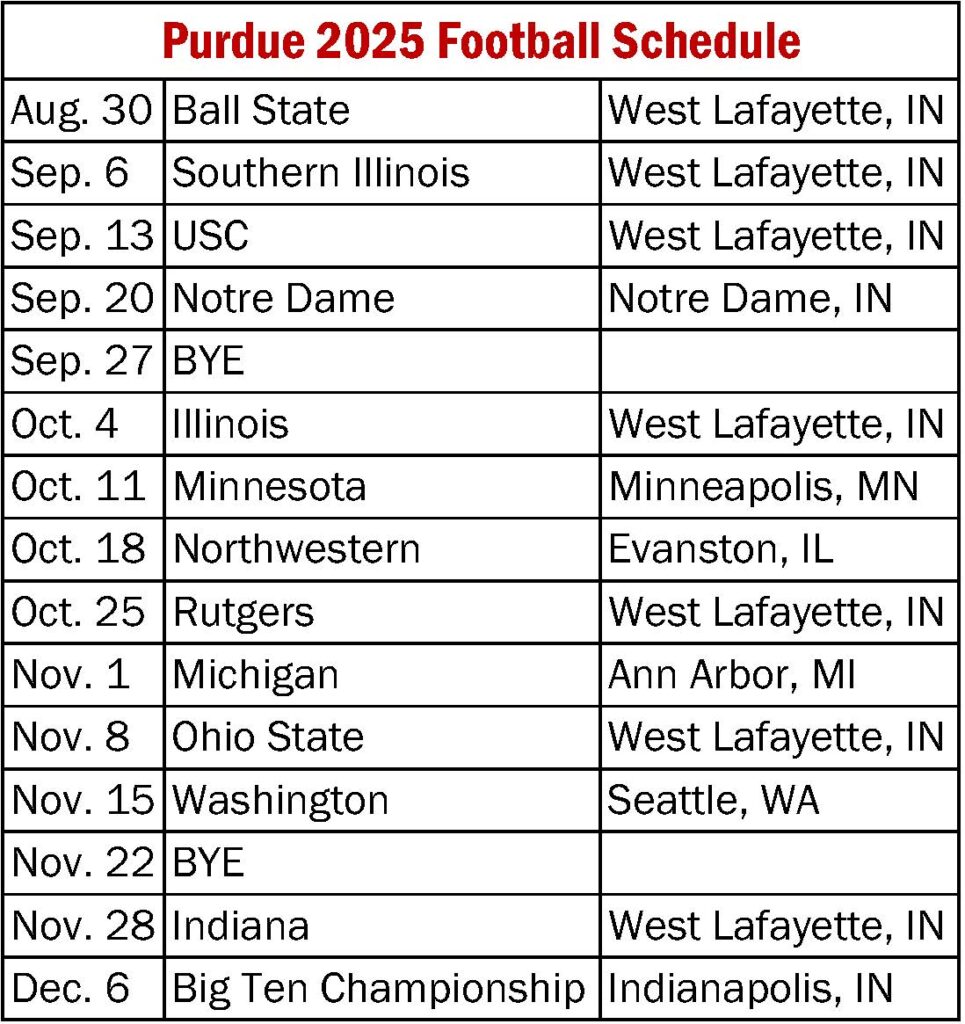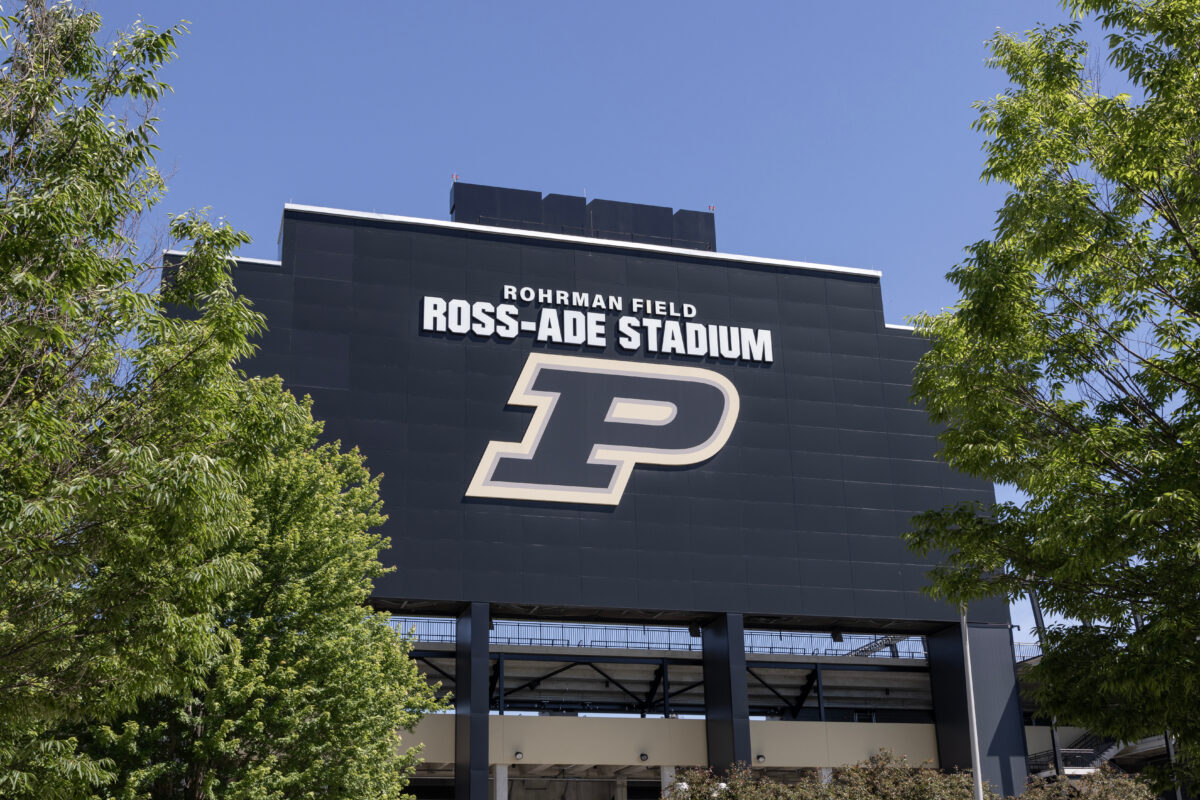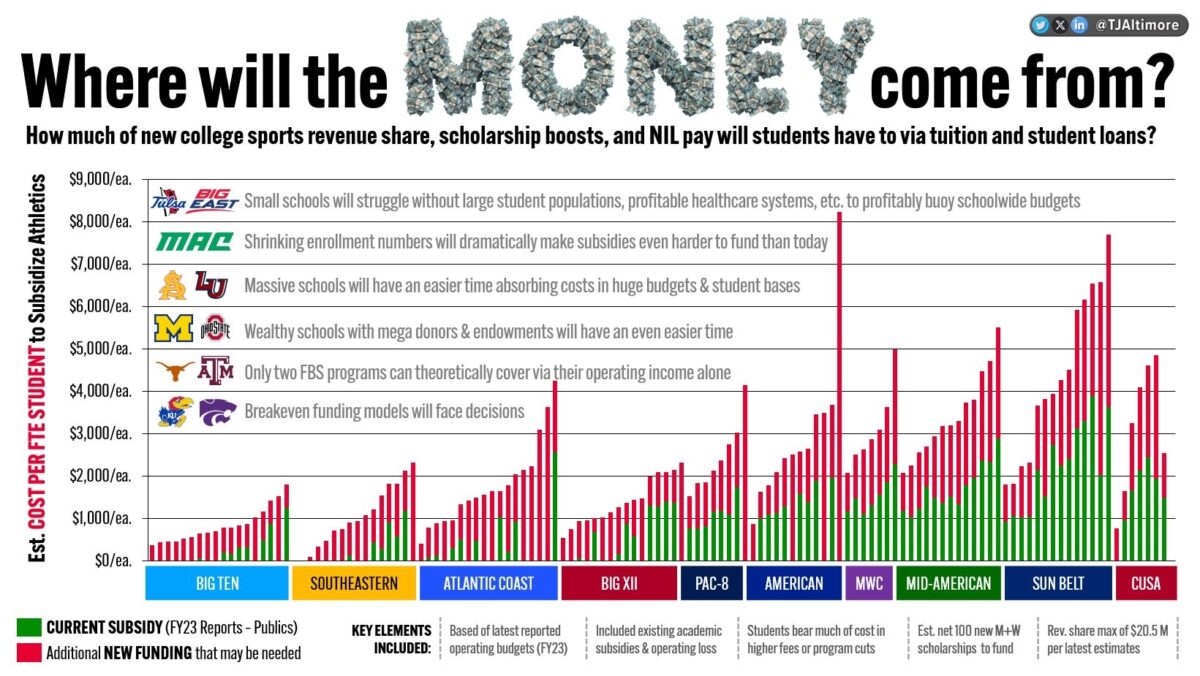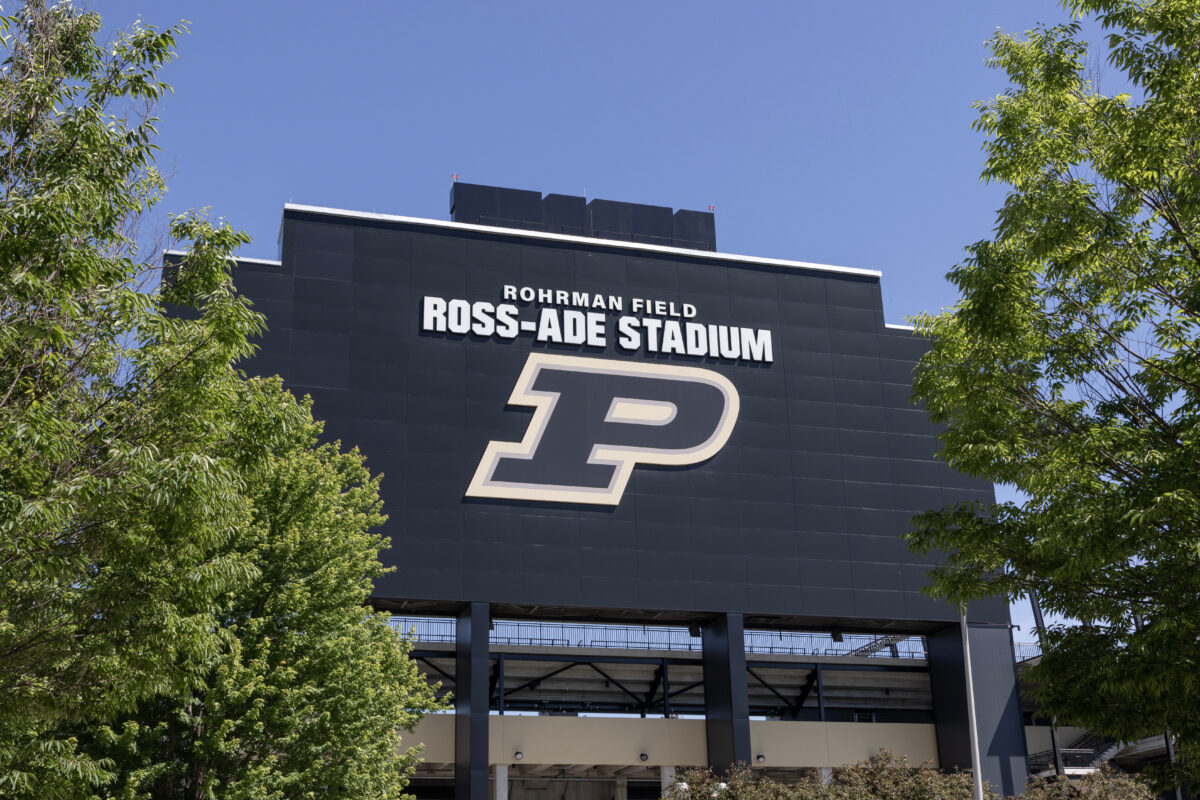Blog Article
Purdue Football 2025: The Ultimate Rebuild Story
Rock bottom has a way of clarifying things.
After Purdue’s historically catastrophic 2024 season, a 1-11 nightmare that included the worst home loss in program history, the Boilermakers face 2025 with a simple reality: nowhere to go but up. The Barry Odom era begins with one of the most dramatic rebuilding projects in recent college football memory, featuring an almost entirely new roster, a proven turnaround artist at the helm, and expectations so modest they might be achievable.
The 2024 Disaster That Changed Everything
The numbers tell a story of complete collapse.
Purdue’s 2024 campaign wasn’t just bad—it was historically, embarrassingly, change-your-phone-number-and-move-to-another-state bad. After a season-opening 49-0 victory over Indiana State that felt like fool’s gold, the Boilermakers lost their next 11 games in increasingly painful fashion.
The low points that defined the season:
- A 66-7 home massacre by Notre Dame (the worst home loss in program history)
- A season-ending 66-0 shutout by Indiana that sent fans streaming for the exits
- Three total shutout losses (a program record)
- An average of just 15.8 points per game while surrendering nearly 40
- A turnover margin of -14 that spoke to fundamental breakdowns everywhere
Ryan Walters was fired after compiling a 5-19 record over two seasons, and honestly, the only surprise was that it took this long.
Enter Barry Odom: The Turnaround Specialist
What do you do when your program hits rock bottom?
You hire the guy who specializes in digging teams out of holes. Barry Odom, the 48-year-old former UNLV coach, spent the last two seasons orchestrating one of college football’s most impressive transformations. In Las Vegas, he transformed a perennial doormat into a Mountain West powerhouse, leading the Rebels to back-to-back championship game appearances and an 11-3 record in 2024, their best season in 40 years.
Odom’s track record speaks for itself:
- 19-8 record at UNLV in just two seasons
- Previous head coaching experience at Missouri (25-25 from 2016-2019)
- Defensive background with a proven ability to develop talent
- Experience building programs with limited resources
As Purdue athletic director Mike Bobinski explained: “He is a proven and experienced leader who has brought success to two different football programs and has made an impact on the lives of countless student-athletes.”
Odom himself has made bold promises about the rebuild: “Their trust will be rewarded with a football program that will reflect the personality and excellence Purdue is widely known for — character, intensity, and a no-excuses winning attitude. I can assure you it will be built to last.”
The Great Roster Revolution
Here’s where things get really interesting.
Purdue didn’t just change coaches—they changed virtually everything else as well. The Boilermakers have added over 50 transfer players and 15 incoming freshmen, creating what amounts to an almost entirely new team. This level of personnel turnover is extraordinary even in the modern transfer portal era.
The exodus was equally dramatic:
- Safety Dillon Thieneman (transferred)
- Defensive end Will Heldt (transferred)
- Tight end Max Klare (transferred to Ohio State)
- Linebacker Yanni Karlafits (transferred)
- 29 additional players entered the transfer portal after spring practice
The biggest win? Retaining star running back Devin Mockobee, who has 2,466 career rushing yards and 21 touchdowns. In a sea of new faces, Mockobee provides the offensive continuity and proven production that will be essential as Odom establishes his system.
The Coaching Staff: Familiar Faces in New Places
Odom moved quickly to assemble his staff, bringing proven winners from his previous stops.
Key hires include:
- Josh Henson (Offensive Coordinator): Arrived from USC where he helped lead the Trojans to the top spot in Big Ten passing
- Mike Scherer (Defensive Coordinator): Followed Odom from UNLV, where he guided the Rebels’ defense to impressive national rankings in interceptions and turnovers forced
- Charles Clark (Defensive Backs): Five seasons at Memphis, most recently as associate head coach
- Kelvin Green (Defensive Line): Worked with Odom at Arkansas
The theme here is clear: Odom is surrounding himself with coaches he trusts, which makes sense when you’re trying to rebuild a program from scratch.
Position Battles and Key Players
The quarterback competition remains wide open.
Ryan Browne returns after a brief stint in the transfer portal, but he’ll face stiff competition from newcomers Malachi Singleton, Evans Chuba, and Bennett Meredith. Whoever wins this battle will be crucial to any offensive success, especially with an entirely new receiving corps.
The most promising additions:
- CJ Nunnally IV (DE, from Akron): Among the MAC’s leaders in tackles for loss
- Tahj Ra-El (DB, from Memphis): Experienced safety who followed his coach to Purdue
- Richard Toney Jr. (DB, from TCU): Known for ball-hawking ability
- Zyntreacs Otey (CB, Freshman): Four-star recruit who reclassified to join early
These players represent the type of talent injection the program desperately needs after years of struggling with recruiting.
Schedule Reality Check
Let’s be honest about what Odom is walking into.
Purdue’s 2025 schedule ranks 11th nationally in strength and third in the Big Ten. Nine of their 12 opponents played in bowl games last year, and three (Indiana, Notre Dame, and Ohio State) reached the College Football Playoff.
The most realistic path to wins:
- Gimme games: Ball State and Southern Illinois in the first two weeks
- Potential wins: Minnesota, Northwestern, Rutgers, and Washington
- Pray for miracles: Pretty much everyone else
Sportsbooks have set Purdue’s win total at 3.5, tied for the lowest in the Big Ten with Northwestern. Most expert projections suggest 3-9 or 4-8, with bowl eligibility considered a pipe dream.

The Cultural Revolution
This isn’t just about new players and coaches.
Odom faces the challenge of establishing an entirely new culture and identity with a group that barely knows each other. Building team chemistry from scratch is difficult under normal circumstances—doing it with 70 new faces while playing one of the nation’s toughest schedules is borderline impossible.
Purdue AD Mike Bobinski has acknowledged the program must modernize its approach, particularly regarding NIL: “Our folks didn’t necessarily respond warmly to the way NIL evolved in the recent past, but that’s going to change. You need a coach who understands that and embraces that the new world is going to require a new way of thinking.”
This philosophical shift represents a recognition that Purdue’s previous approach was woefully inadequate in the current college football landscape.
Redefining Success
Here’s the thing about rock bottom: it gives you perspective.
Success in 2025 won’t be measured solely by wins and losses. The primary objectives focus on competitiveness and culture-building:
- Avoiding the type of blowout losses that characterized 2024
- Keeping games close and showing consistent effort for four quarters
- Building chemistry among newcomers and establishing leadership
- Creating a foundation for future recruiting and development
As one analyst noted about Odom’s track record: “He’s the type of guy who has succeeded in trusting his schemes without much, if any, blue-chip talent,” suggesting that modest recruiting rankings shouldn’t preclude improvement with proper coaching.
The Long Game
This is a marathon, not a sprint.
While immediate results may be limited, 2025 represents the beginning of what Purdue hopes will be a sustainable turnaround. Odom’s experience with quick rebuilds at UNLV and Missouri provides reason for optimism that competitiveness can be established relatively quickly.
The key factors for long-term success:
- Developing current talent while upgrading through recruiting
- Establishing systems that maximize available resources
- Building a culture that attracts and retains quality players
- Adapting to the modern college football landscape
The Bottom Line
Purdue football enters 2025 with rock-bottom expectations and sky-high potential for improvement.
The Barry Odom era begins with a recognition that this is a multi-year project requiring patience, strategic thinking, and consistent execution. For Boilermaker fans, this season will test their loyalty as the program attempts to rebuild from one of the worst campaigns in its history.
But here’s the beautiful thing about starting from the bottom: every step forward feels like progress.
Success will be measured not just in wins and losses, but in effort, competitiveness, and signs of the cultural change necessary to return Purdue to respectability. The foundation is being laid for what the program hopes will be a return to the success it enjoyed as recently as 2022, when the Boilermakers played in the Big Ten Championship Game.
Whether that foundation can support sustainable success will begin to be determined when Barry Odom’s rebuilt roster takes the field against Ball State on August 30th.
Time to find out if rock bottom was really the bottom.
The Next Billion Dollar Game
College football isn’t just a sport anymore—it’s a high-stakes market where information asymmetry separates winners from losers. While the average fan sees only what happens between the sidelines, real insiders trade on the hidden dynamics reshaping programs from the inside out.
Our team has embedded with the power brokers who run this game. From the coaching carousel to NIL deals to transfer portal strategies, we’ve mapped the entire ecosystem with the kind of obsessive detail that would make a hedge fund analyst blush.
Why subscribe? Because in markets this inefficient, information creates alpha. Our subscribers knew which coaches were dead men walking months before the mainstream media caught on. They understood which programs were quietly transforming their recruiting apparatuses while competitors slept.
The smart money is already positioning for 2025. Are you?
Click below—it’s free—and join the small group of people who understand the real value of college football’s new economy.


